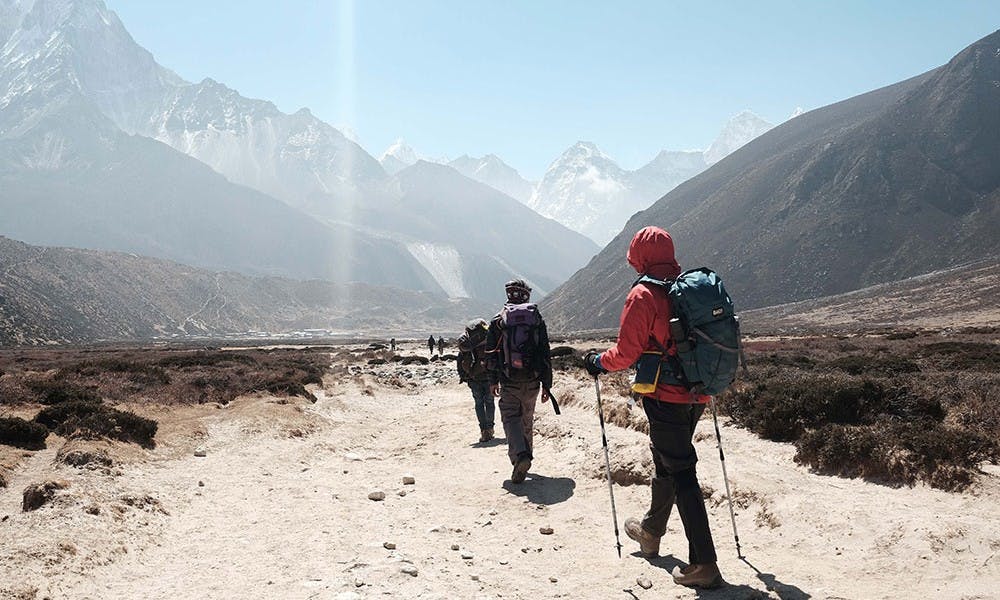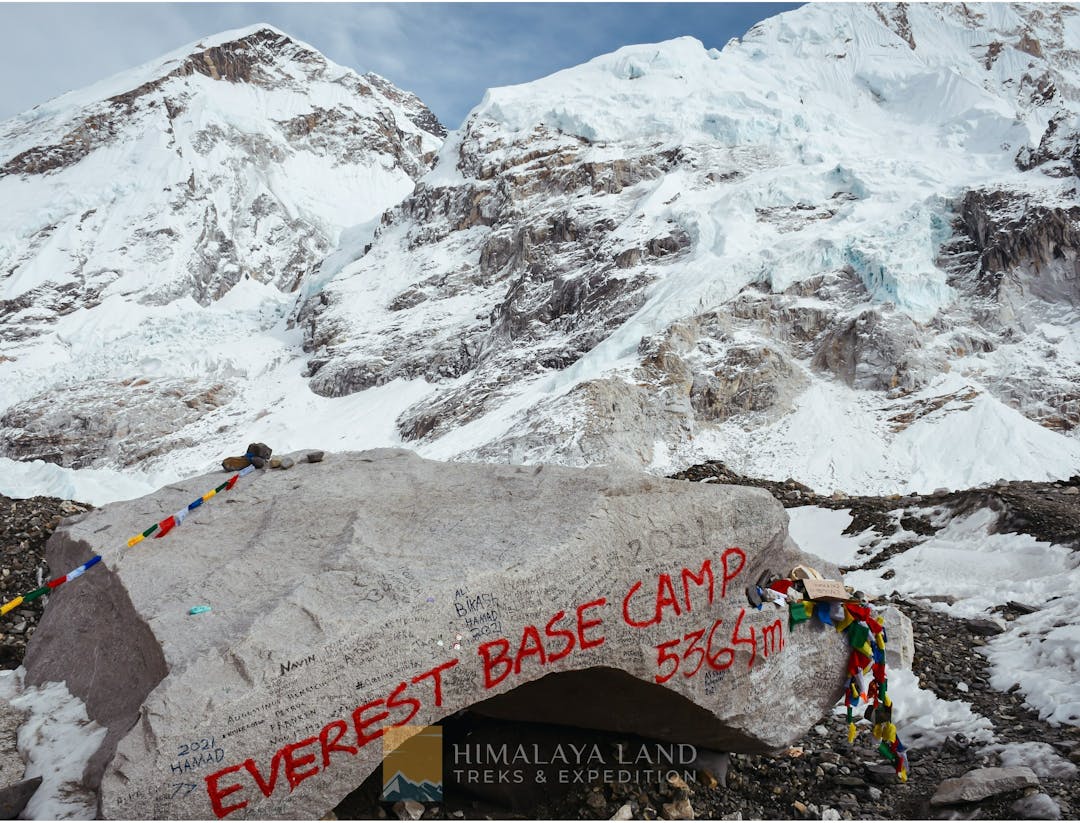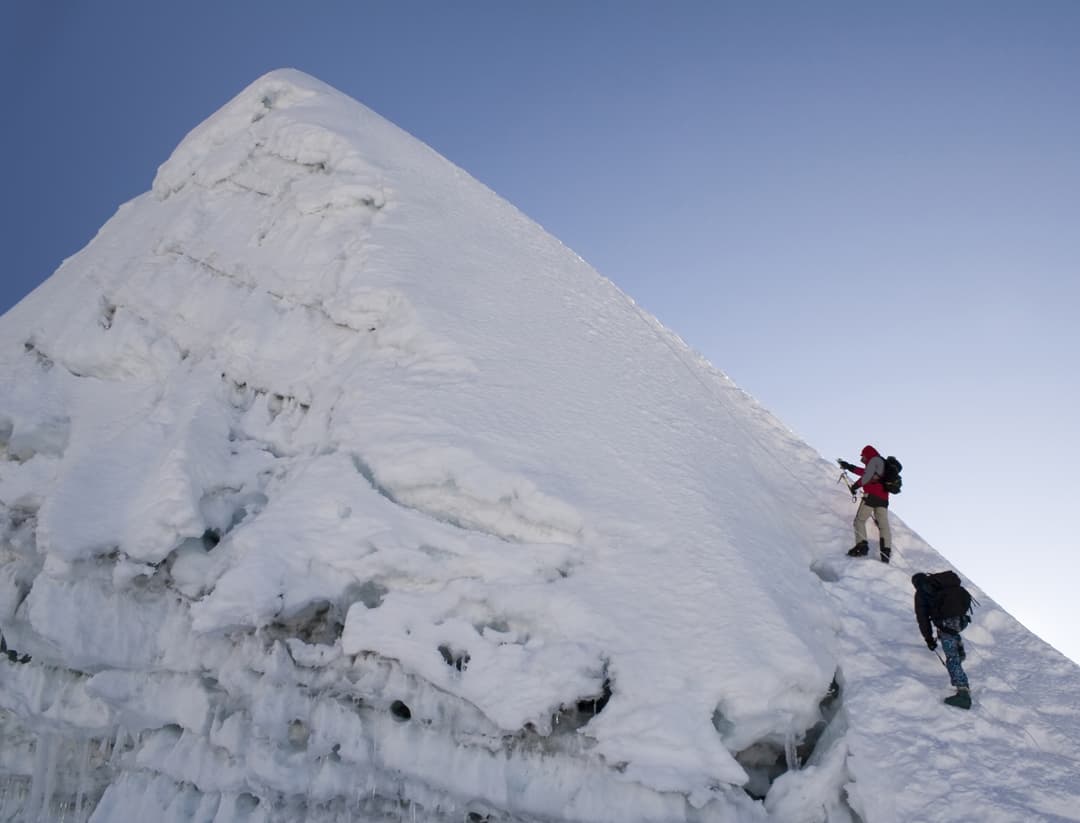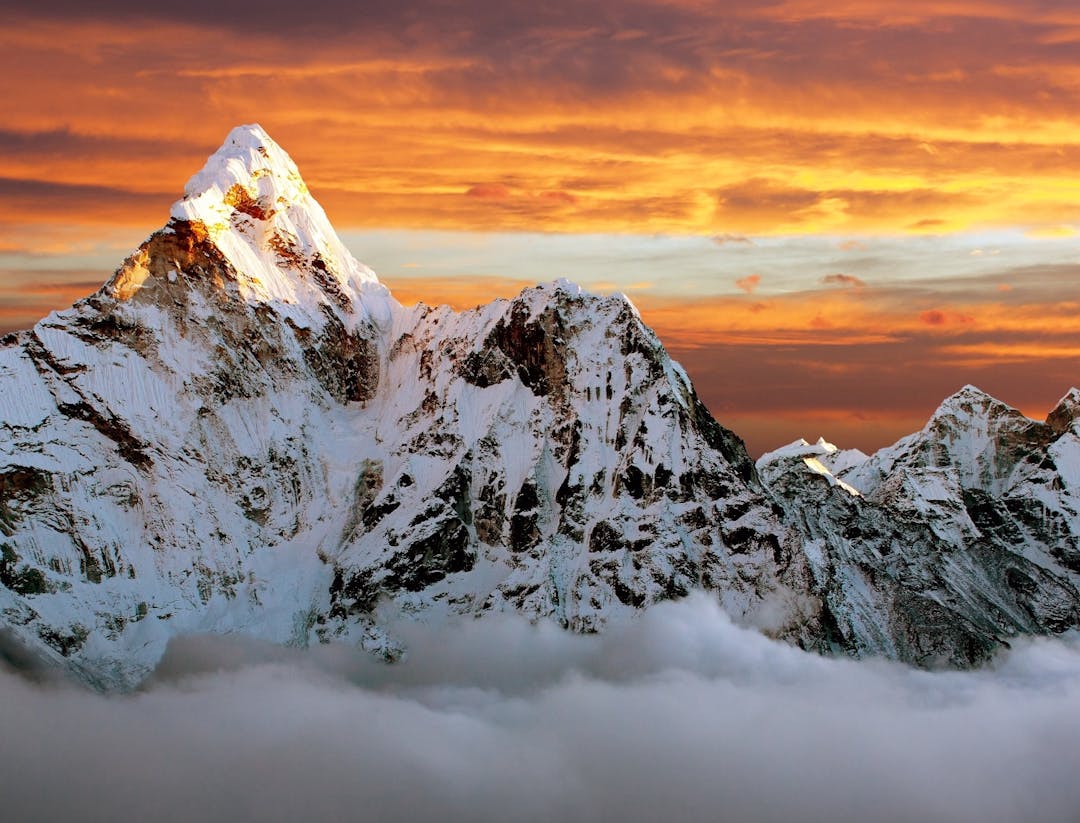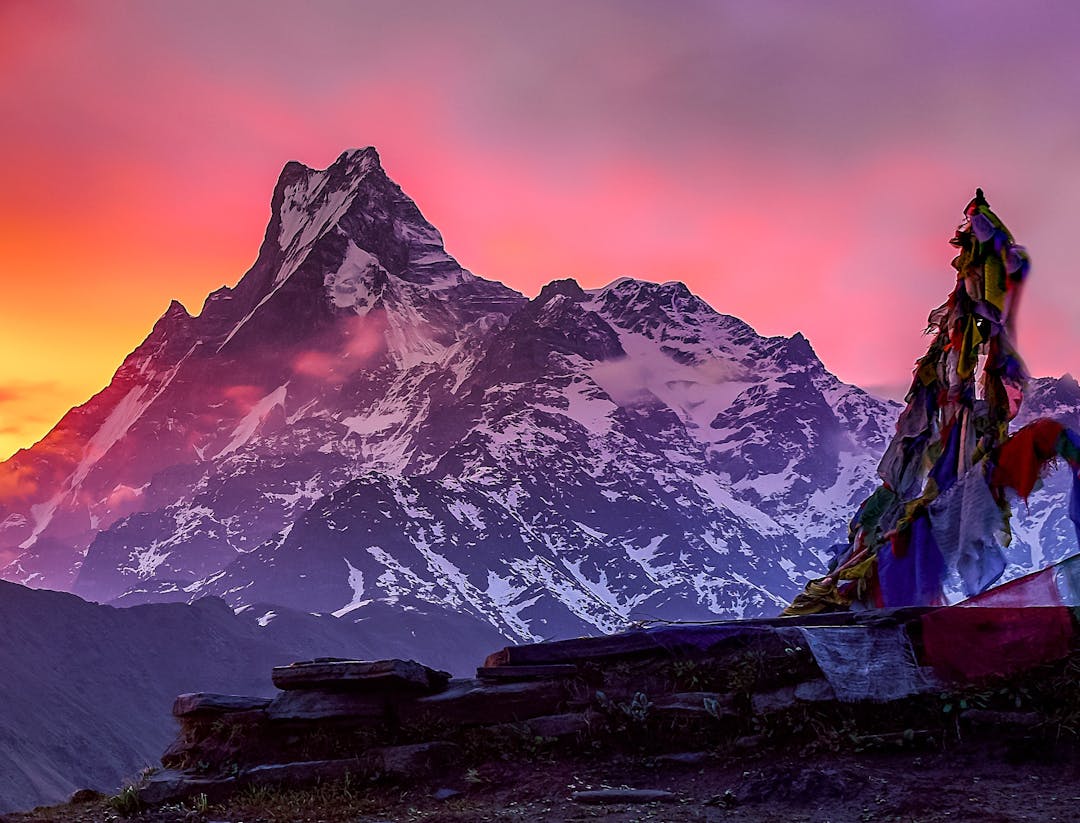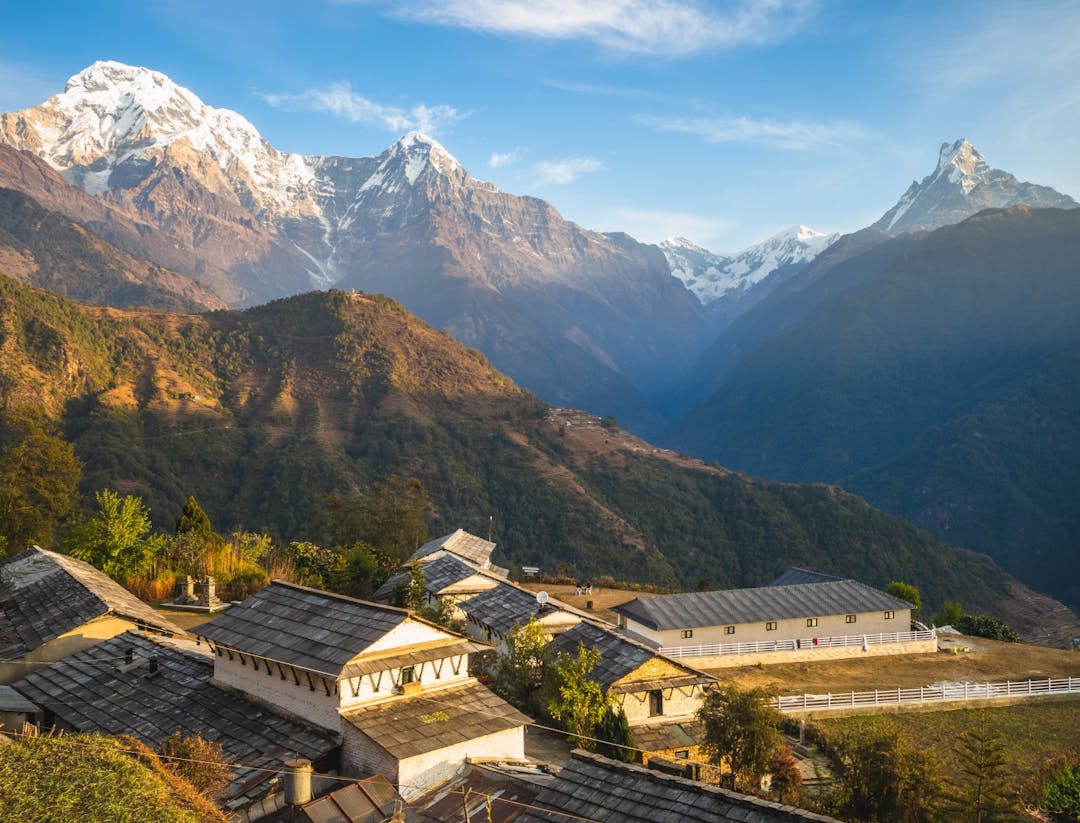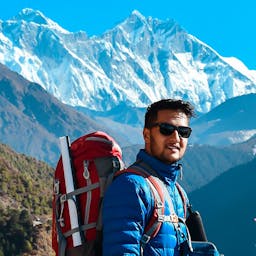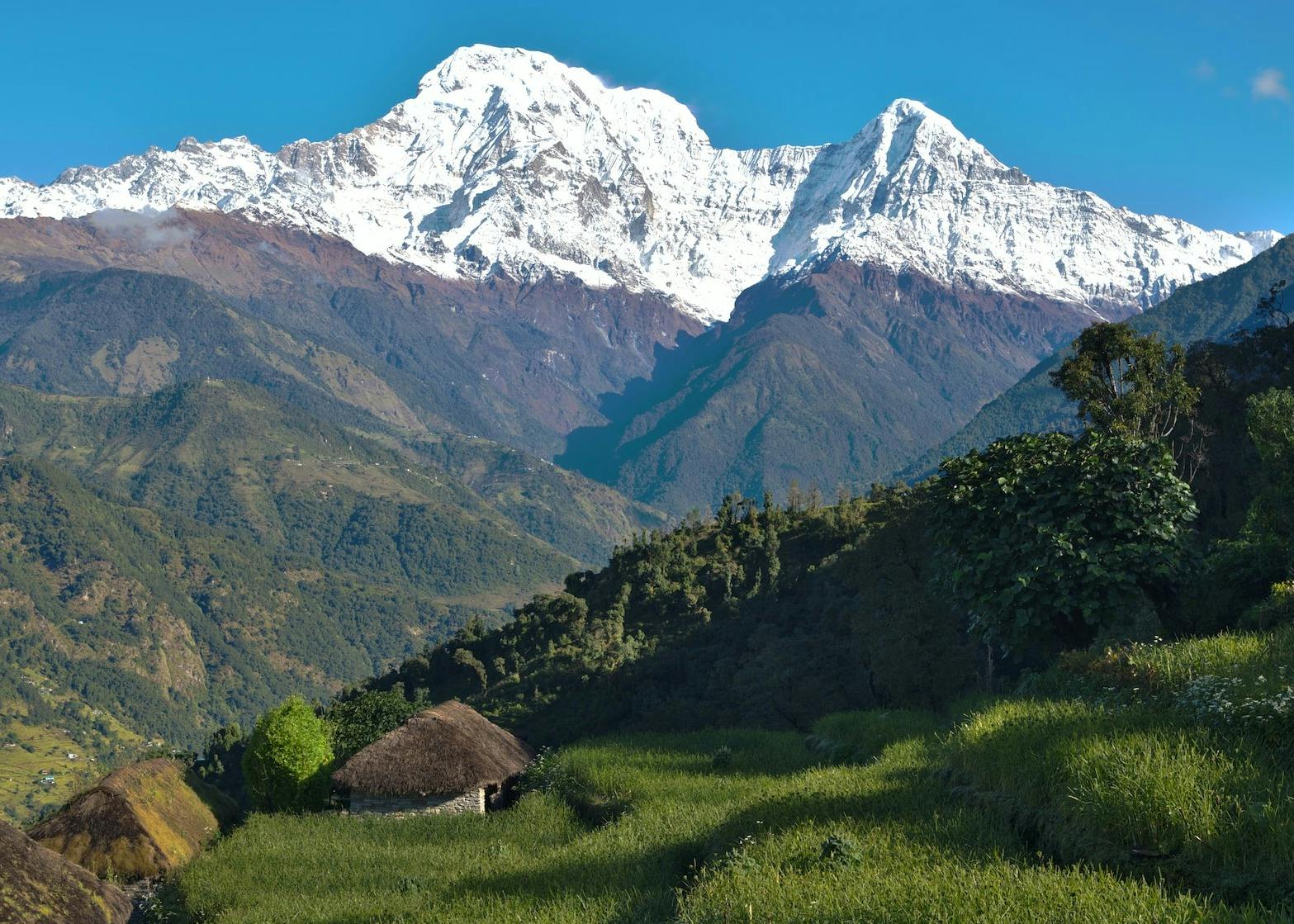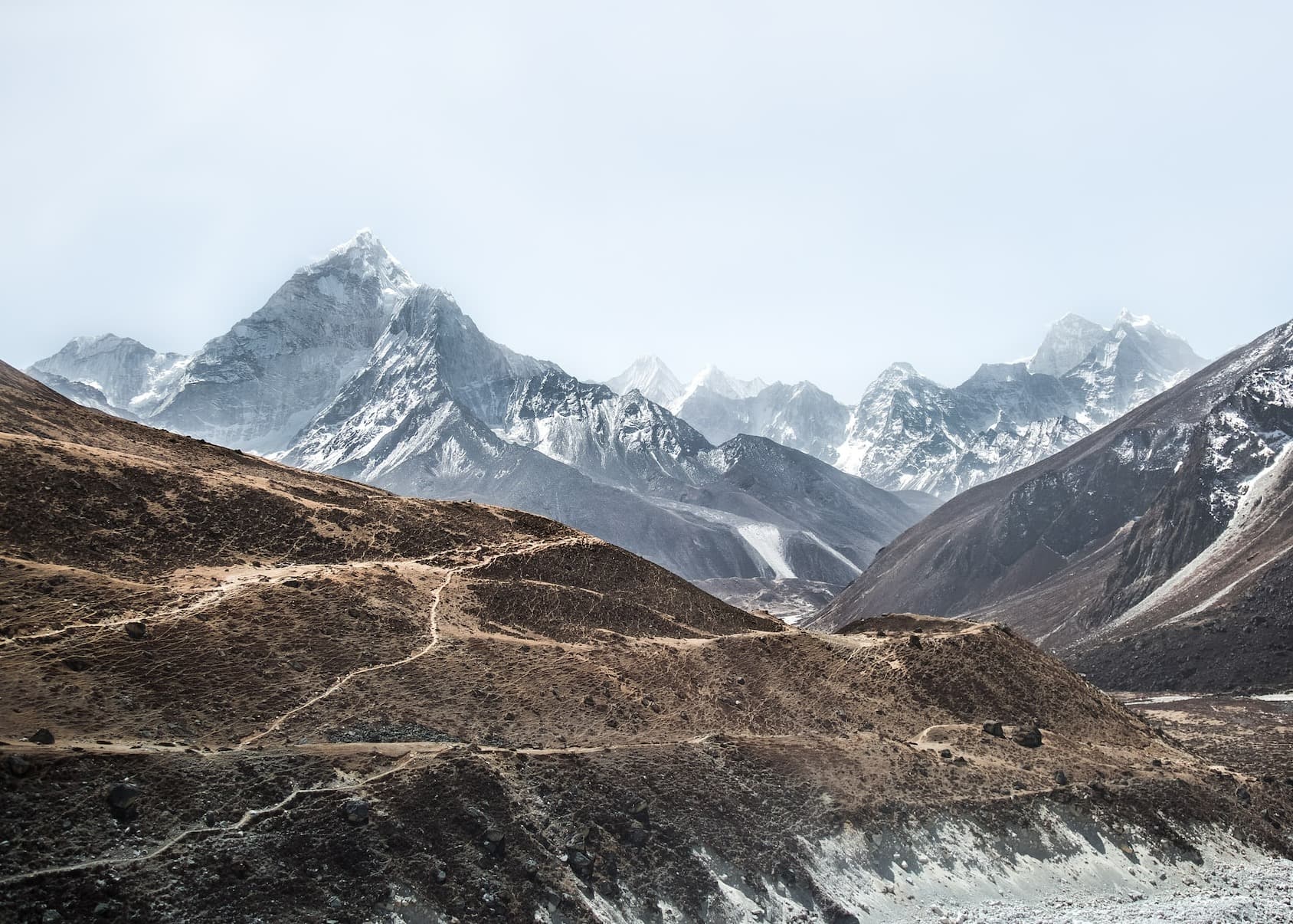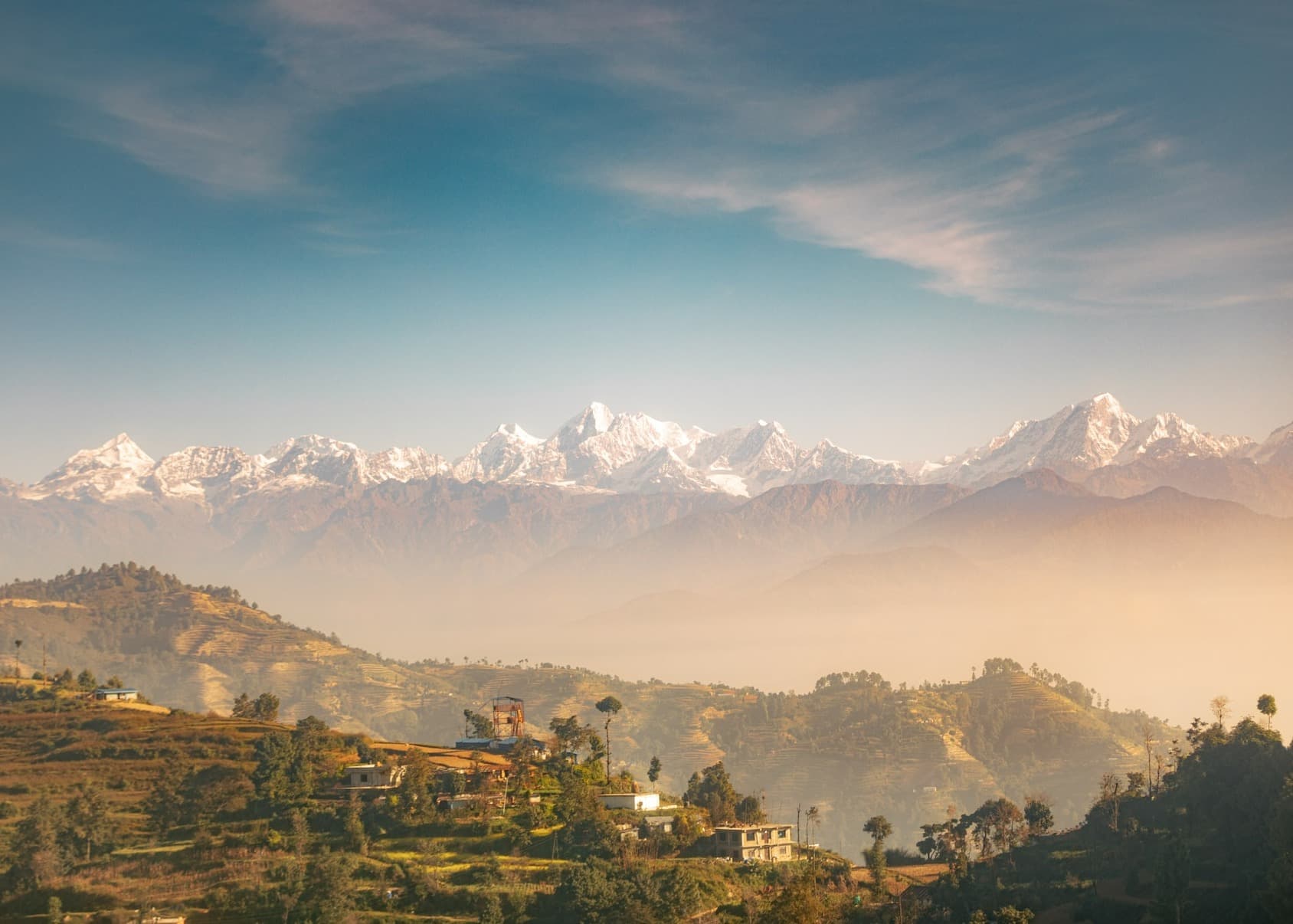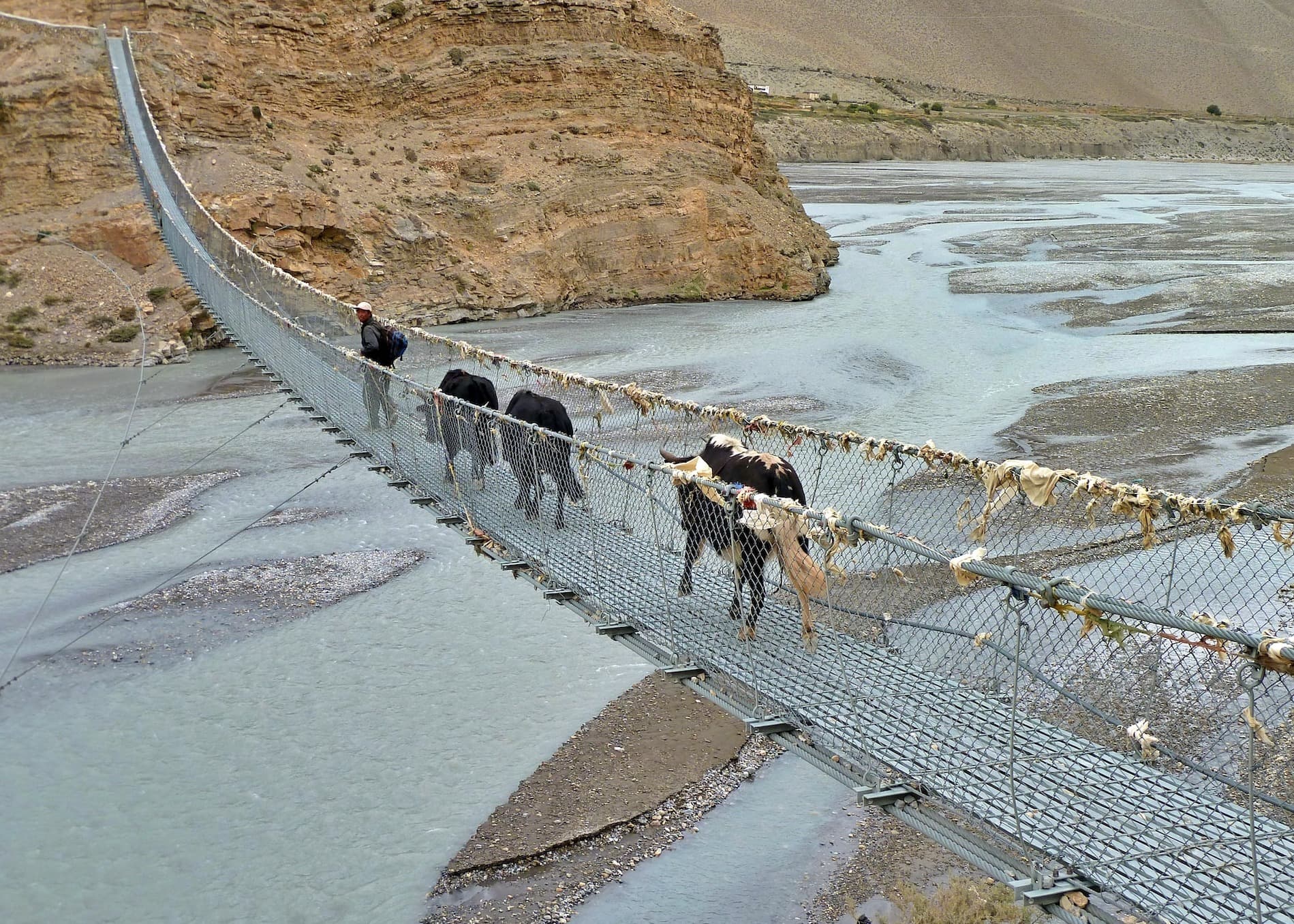Planning your hike in Nepal appropriately means being conscious of your own skill level and experience. Avoid being too ambitious. What trails you choose, your itinerary, and whether you hire a guide or porter—or neither—all depend on how much trekking experience you have and how fit you are. Trek simply means to travel through rough terrain. Giving it a thought, we dream about the high land of Himalayas.
The rough lands have many surprises for us, as well as many challenges. It gives you many experiences and also lets you explore the magnificent view of mother nature. Many of us trek to improve our fitness, while many of us simply love to explore. It gives you a thrilling experience. But before you plan for the Himalayas; there are a couple of things you need to take into consideration. Here are a few things you must prepare yourself before you plan for the Himalayas.
Fitness
Yes! You may have read in many articles that fitness is a must for any trekker. This is because you travel on your foot in such a high altitude. Your body responds differently to these external factors and your changed habit. It can be an ultimate test of your physical abilities. Hence, for an easy trek, start working on it for at least about a month prior to your trekking.
Although it’s very true that trekking improves your fitness, it is important that you have a certain physical endurance. You may start jogging and cycling or do some cardiovascular exercise so as to make it easier. And also, don’t neglect small things your body indicates not being able to adjust to the sudden changes. Take time to prepare before you jump to action.
Train on similar conditions
It would be a lot easier for you if you try and mimic the conditions that you may experience on your trek. Try practicing with your backpack on a similar type of terrain you are going to with similar types of clothing. This may sound like a hilarious way but your body adapts to the situation and sudden flight/fight response will be made easier.
Training on a similar condition fools your body into thinking that it must have to prepare for worse. You may know that your body has a strong memory than your brain. So, when you are training in similar conditions, your body is slowly acclimatizing itself to the situation without letting the mind realize that something has changed drastically around you.
Time management
While planning any trek, spare some days extra. The Himalayas are so unpredictable that your trek may take longer than expected. I don’t mean to say that it is always the case but may it be due to your physical boundary or some natural calamities or your flight being delayed due to plane crashes; chances are high that your trek may not end in the estimated time.
And even if your trek ends on exact estimated time feel glad to have spared some extra time so that your body may get rest. As I said earlier it can be an ultimate test to your physical abilities, you must also have proper rest in between the trek so that your body prepares for the next day.
Budget planning
Well, reminding you of this is kind of dull but budget planning is also a major thing you should consider before trekking in the Himalayas, esp. Nepal. The Himalaya areas lack ATMs and you must solely rely on cash. The problem of unavailability of ATM is only while you are in the Himalayas though.
So, estimate your budget well and make sure to have enough cash with you such that it lasts your whole trek. Also, there are many trekking agencies in Kathmandu which give you the best deal of trekking. Be wise to choose the agencies and while choosing an agency. Especially, local agencies are more reliable. And also carrying local currencies is advised.
Be ready for totally unpredictable challenges
As I stated earlier, your trek may take longer than estimated due to many reasons, there also lies the possibility that you face a lot of unpredictable challenges. Life in the Himalayas is never predictable anyways. You may not find mobile networks easily. In such a case, even getting a weather forecast may be difficult. Also, the availability of desirable food variety may not be possible in the extreme high lands of Nepal.
Some of the common predictable challenges may be harsh weather (but you may never know the extent of the harshness of weather) or simply unexpected disasters like an avalanche. You may also get lost in those rocks. Having a trekking guide or simply a potter may save you from getting lost and may also help you cope with difficult situations.
Don’t be picky with food
I mentioned this issue in the previous point too. As every part of Himalayas doesn’t have easy access to transportation and everything has to be carried by yaks/mules to the high lands; there is a high probability of unavailability of food. If you are too picky with foods, you may have a really hard time trekking in the Himalayas of Nepal.
Due to increased physical activities, your body demands a lot of calories, and being picky with food is not that good trait while trekking. But they do try their best to provide you with as many varieties of food they can offer. And also remember to be hydrated. Also, be cautious not to waste food.
Altitude
Many of us have already heard of altitude problems and even if you don’t know, let me warn you that altitude is one of the things that is never to be ignored. Many of us may get altitude sickness and may easily cost you your life unless you are well acclimatized to the external factors. For this; here is a short note for you, though you may climb to high mountains in the daytime always come to a lower altitude to rest for the day.
Don’t hesitate to hire a guide or a potter
Hiring a guide/potter may seem like a money-draining thing for you but there are many benefits of hiring a guide. First is that you may not get lost in the rocky terrains and also it may save you time. They have a brief knowledge of how to deal with sudden challenges and they know which path will lead you to which place.
They may help you tackle harsh situations. As they can act as a communication bridge between you and the local people, they may also make your trek a lot easier and comfortable.
Don’t forget some essential things in your backpack
Don’t forget to carry a medical kit while you trek. The medical kit may include some common antibiotics, an oximeter, a set of thermometers, some antibacterial powder, antiseptic and analgesic ointment, and also some pair of bandages and cotton. Also, carry your own water bottle so as to keep you hydrated the whole time. Sunglasses are also really important to protect your eyes. Along with sunglasses; don’t forget other protective gear. Carrying a suns cream or moisturizer would also be a better option.
So, these are a few tips I think are important for you to know before you plan a trek. I hope this will help you have a good trekking experience. Thank you for reading.

